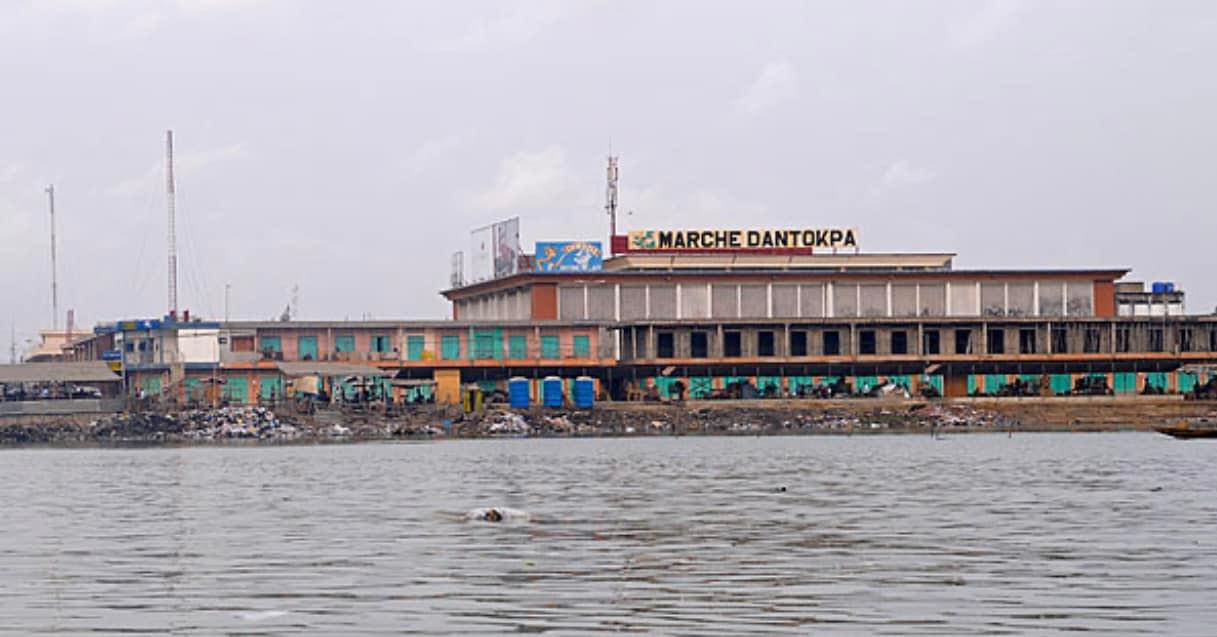No, the Northern Bypass of Cotonou has not been abandoned
That was the clear message delivered by José Didier Tonato, Benin’s Minister of Living Environment and Transport, during the televised program “PAG 2021–2026: accountability”. Amid growing doubts about this strategic infrastructure project, Minister Tonato offered key clarifications.

“Many believe the project has been dropped, but that’s not the case. As I’ve said, we’re moving forward step by step,” he emphasized.
Originally designed to relieve downtown congestion and ease heavy truck traffic, the project has recently undergone a route adjustment. The construction of the Zongo truck parking facility required a modification to the initial layout.
Instead of crossing the lagoon to the east, as initially planned, the new route will now run along the Dantokpa shoreline. This change avoids the displacement of residents and the heavy compensation costs that such relocations would entail.
Another key change: the 5.7-kilometer connector road, originally planned for the east side, will now be built on the western side of the lagoon. The main bypass will also be extended beyond the Kpota junction to reach Akassato, aligning with new urban development zones identified in the area.
However, the Kpota junction will not be left behind. It will be linked to the highway via a dedicated ramp, enhancing connectivity and improving traffic flow in this critical part of Abomey-Calavi.
Minister Tonato noted that technical studies are currently being finalized—a necessary step before launching tenders and beginning construction work.
The Northern Bypass is part of the government’s broader vision to modernize road infrastructure, reduce urban congestion, and boost Cotonou’s logistical appeal. By redirecting heavy vehicles away from the city center, the project will help reduce nuisances, preserve the urban environment, and improve the quality of life for local residents.


Comments